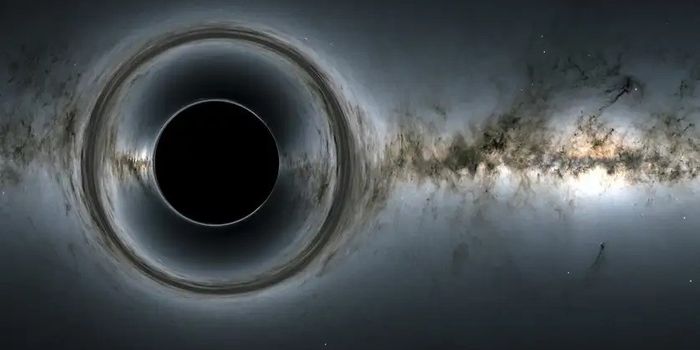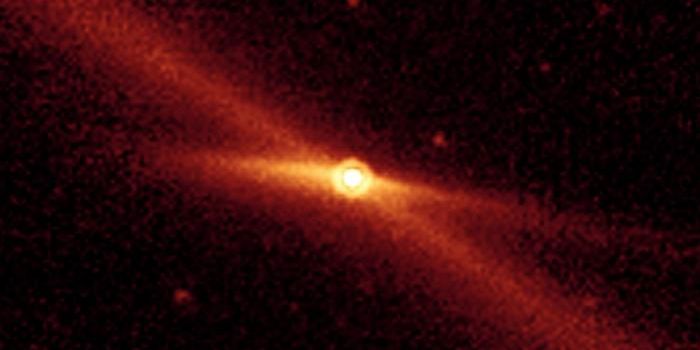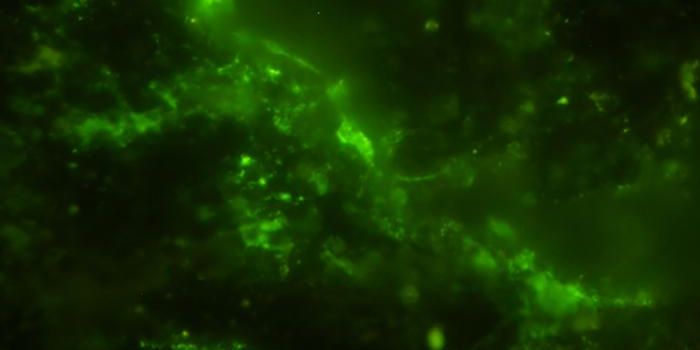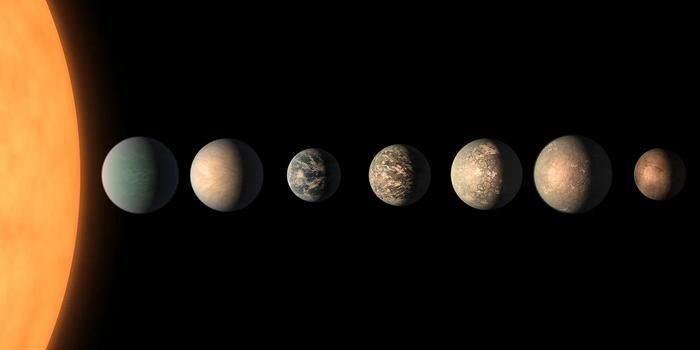James Webb Observes Merging Galaxies 500 Million Light-Years Away
Two merging galaxies approximately 500 million light-years from Earth observed by the James Webb Space Telescope. (Credit: Hanae Inami, Hiroshima University)
The universe is full of so many wonders and awe-inspiring spectacles which scientists continue to observe in breathtaking detail. One such instrument that has allowed scientists to make the most detailed observations of the universe is NASA’s James Webb Space Telescope (JWST), which includes observing exoplanets in greater detail, and even distant galaxies, as well.
It is JWST observations of distant galaxies that have been presented in a recent study published in The Astrophysical Journal Letters, where an international team of researchers led by Hiroshima University in Japan used data from JWST to examine two merging galaxies that are approximately 500 million years light-years from Earth. This study holds the potential to help scientists better understand the complex processes behind merging galaxies.
“The James Webb Space Telescope has brought us completely new views of the universe thanks to it having the highest ever spatial resolution and sensitivity in the infrared,” said Dr. Hanae Inami, who is assistant professor at Hiroshima University’s Hiroshima Astrophysical Science Center, and lead author of the study. “We wanted to find the ‘engine’ that powers this merging galaxy system. We knew that this source was deeply hidden by cosmic dust, so we could not use visible or ultraviolet light to find it. Only in the mid-infrared, observed with the James Webb Space Telescope, do we now see that this source outshines everything else in these merging galaxies.”
For the study, the researchers used JWST to observe the mid-infrared emission of the two merging galaxies that were previously studied in 2010 using the Spitzer Space Telescope. The difference this time around was they were able to ascertain the location of the merger, which wasn’t previously achievable due to Spitzer’s limited resolution. With this new JWST data, the researchers were not only able to successfully identify the exact location, but also found the source of the merger—also called the “engine”—was responsible for 70% of the total infrared emission.
“We want to know what powers this source: is it a starburst or a massive black hole?” Dr. Inami asked. “We will use infrared spectra taken with the James Webb Space Telescope to investigate this. It is also unusual that the ‘engine’ lies outside of the main parts of the merging galaxies, so we will explore how this powerful source ended up there.”
Along with this, they also found the radius of the “engine” is no bigger than 570 light-years across, with the entire merging system encompassing approximately 65,000 light-years across. They also successfully identified 12 “clumps” of light, with five new ones detected with this new data from JWST.
“The James Webb Space Telescope mid-infrared imaging described in this paper revealed a hidden aspect of the merging galaxy IIZw096 and opened a door towards identifying heavily dust-obscured sources which cannot be found at shorter wavelengths,” said Dr. Inami. “Future planned spectroscopic observations of IIZw096 will provide additional information on the nature of the dust, ionized gas, and warm molecular gas in and around the disturbed region of this luminous merging galaxy.”
What new mysteries of the universe will JWST unlock in the coming years and decades? Only time will tell, and this is why we science!
Sources: NASA, Reasons to Believe, The Astrophysical Journal Letters, EurekAlert!
As always, keep doing science & keep looking up!









